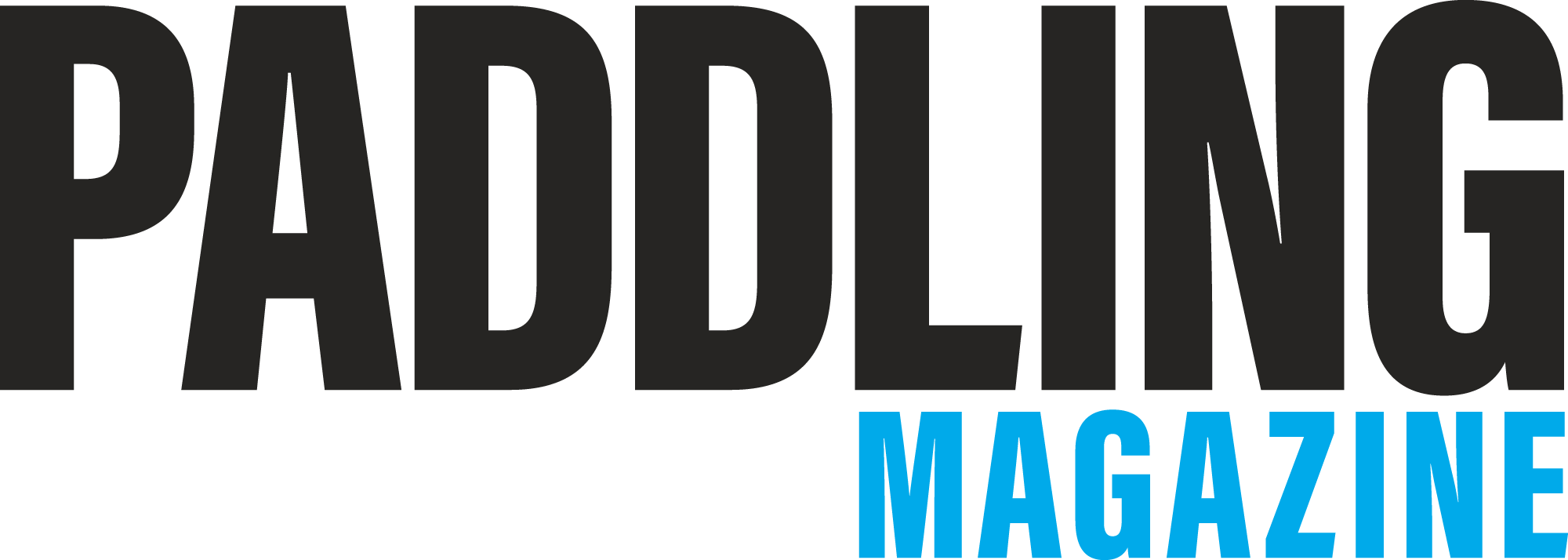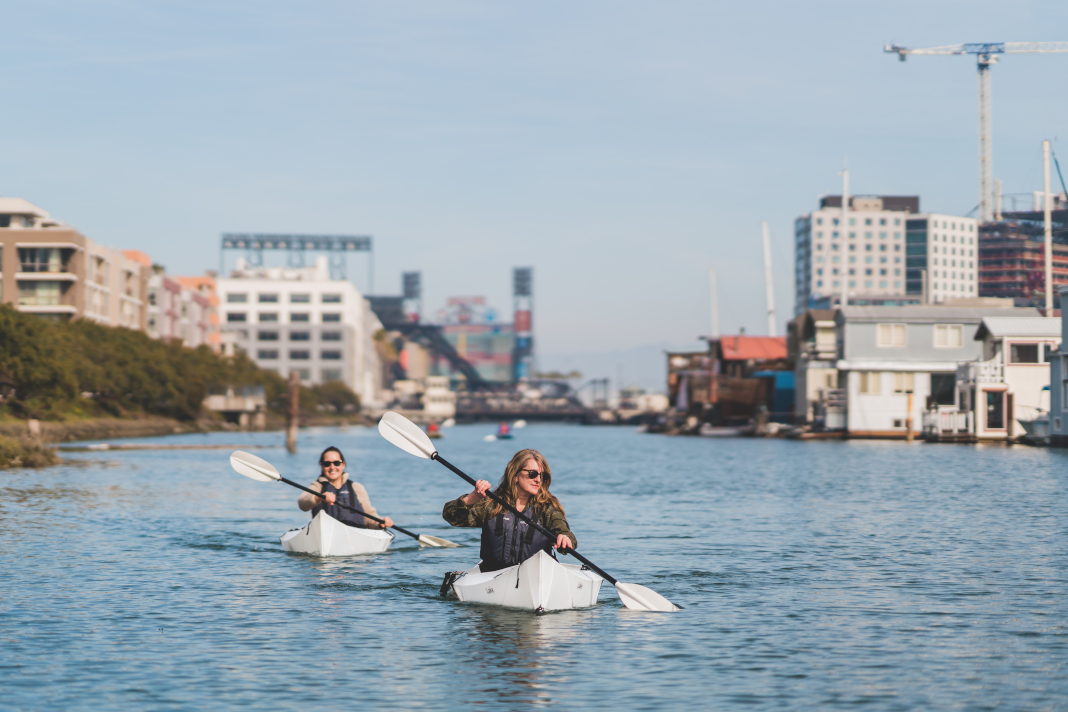Trying to find storage for a full-size touring or recreational kayak can be a real barrier to owning your own boat. Add to this the challenge of transporting these heavy, awkward-shaped recreational vessels. Enter the foldable kayak.
A fold up kayak provides paddlers with a packable paddling craft that can be stored in an oversized backpack, thrown in the trunk of a car or carried on a train. The practicality and versatility of foldable kayaks means these portable boats are a rising trend with modern kayakers, but they’re not a new idea. Some of the first kayaks mass-produced for consumers in the early 1900s were, believe it or not, folding kayaks.
The materials and structure used for folding kayaks make them well suited for touring and recreational paddling on lakes, bays and unconstricted rivers. Whereas paddlers seeking a packable boat for whitewater will find inflatable kayaks and packrafts suited for pinballing down technical rivers. That doesn’t mean the foldables of today aren’t up for a challenge. In fact, these innovative transformer-esque marvels have crossed oceans, and they are ready for whatever weekend plans you can conjure.
Best foldable kayaks for 2026: Our Top Picks
- Best beginner folding kayak: Oru Inlet
- Most durable folding kayak: Klepper Aerius 545
- Highest performing foldable: TRAK 2.0
- Best nesting plastic kayak: Pakayak Bluefin
Best folding kayak for beginners
Oru Inlet
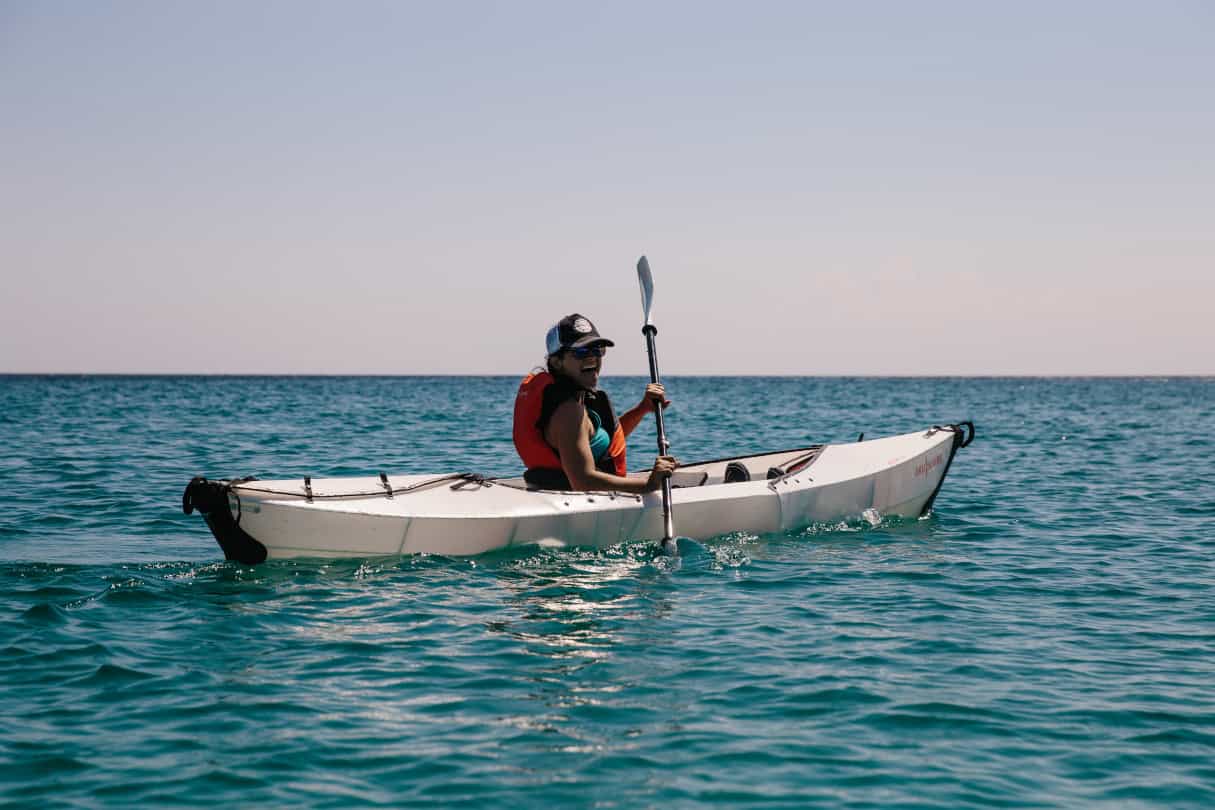
Oru Inlet Specs
Length: 9’8″
Width: 31″
Weight: 20 lbs
Capacity: 275 lbs
MSRP: $899.00 USD
orukayak.com
Buy from:
ORU AMAZON REI DICK’S SPORTING GOODS
Why I love it
When I first came across the Oru Inlet, I thought it was a clever little invention that captured a certain need, but I couldn’t have imagined a few years back that these origami-inspired boats would become as popular as they have on waterways around the country. It makes sense though. Take all the elements that have made recreational kayaks the largest gateway into the sport, and package it into a kayak that is half the weight and folds away into a luggage-bag size you could slide under a bed. The Inlet is the answer for a portable, lightweight, beginner kayak well-suited for flatwater paddling.
The Inlet sets up in less than 10 minutes. The strap system is simple, yet does a fantastic job of holding the structure of the kayak folded into shape. It is zippier on the water than one would expect for a 10-foot kayak. And it is wide and feels relatively stable.
I would recommend getting the float bags Oru has available as an accessory. These are inflated and fit into the ends of the boat to provide buoyancy and limit the amount of water that can enter the kayak should you capsize. It’s also worth noting this boat is best suited for calmer waters, and I would consider another option if you plan to paddle in areas with breaking waves, strong current, or whitewater.
Reasons to buy
- The 20-pound, 10-foot-long kayak packs into itself to the size of luggage
- Intuitive to set up within minutes
- Stable and zippy, considering how light it is
- Recreational kayak-type shape popular for calmer waters
- Lower price than many other foldable kayaks
Consider another if
- You plan to paddle advanced waterways with turbulent or swift currents
- Comfortable outfitting is a high priority
Bottom line
For less than $1000 USD, the Oru Inlet is the most portable match to popular, beginner recreational kayaks.
Most durable folding kayak
Klepper Aerius 545 Expedition
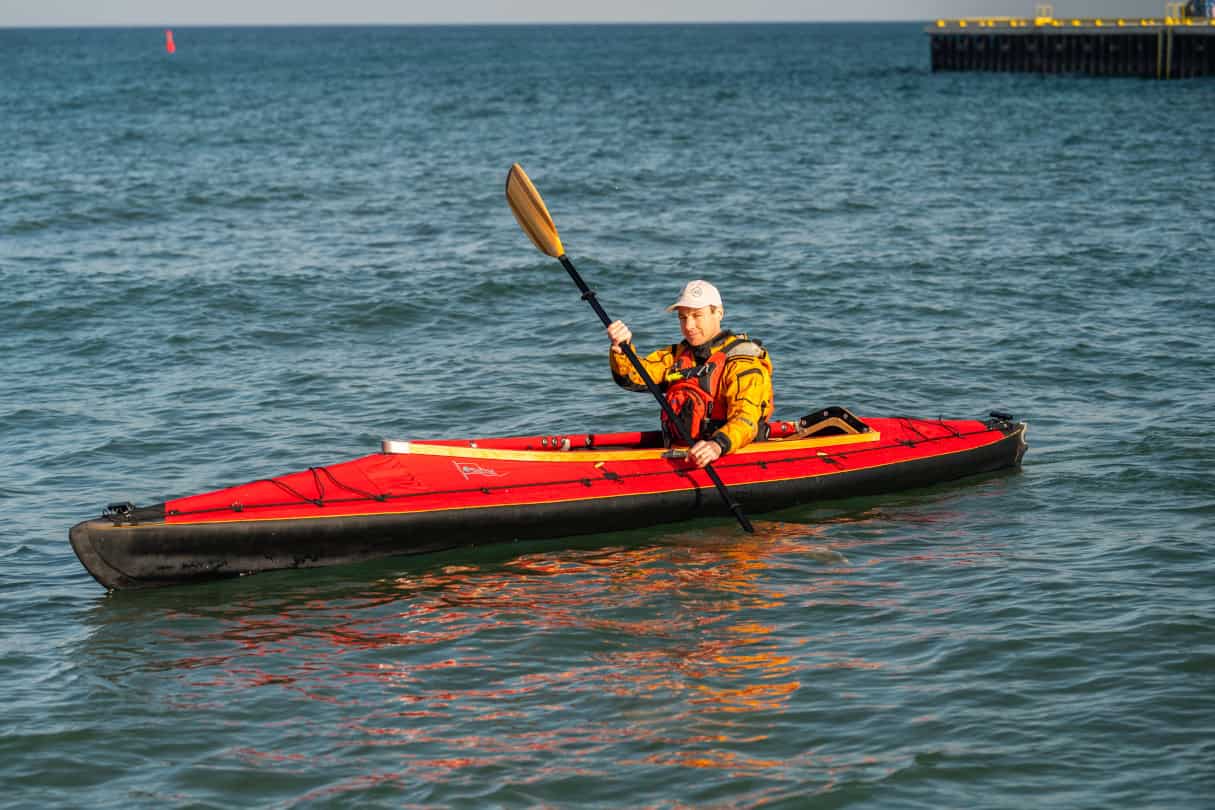
Klepper Aerius 545 Expedition Specs
Length: 17′ 11″
Width: 34″
Weight: 75 lbs
Capacity: 840 lbs
MSRP: $6,799.00 USD
klepper.com
Buy from:
Why I love It
The Klepper Aerius 545 has changed little over 70 years of existence. You heard that right. The Klepper brand dates back to 1907, long before the recent trend in folding kayaks, and is one of the original commercially produced kayaks. The key to the longevity of both the model and the company? Ingenious engineering and durability. The Aerius 545 may require more practice time to set up than some of the more recent folding innovations, but the canvas skin and wooden frame have also crossed oceans, descended the biggest rivers in the world, and handled arctic expeditions.
The Aerius can not only handle the rigors of an expedition, but, according to contributor Tim Shuff who tested and reviewed the Aerius 545, it is “infinitely more repairable and long-lasting than almost any other type of watercraft.” Shuff notes that Klepper supplies replacement parts for every component, even for its discontinued models. Good to know when it’s time to replace the rubberized-cotton outerskins known to last 30 years or more.
Reasons to buy
- Durable wooden frame and canvas skin
- Repairable with parts readily available from 118-year-old brand
- Ample storage space
- Capable of paddling any open waterway
Consider another if
- You need a simple to set up kayak for easy excursions
- Weight savings and compact storage are key reasons for choosing a foldable
- Cost is a factor
Bottom line
If you are into folding kayaks for the long haul, the Klepper could be the first and last kayak you’ll ever need to buy.
Highest performance foldable kayak
TRAK 2.0
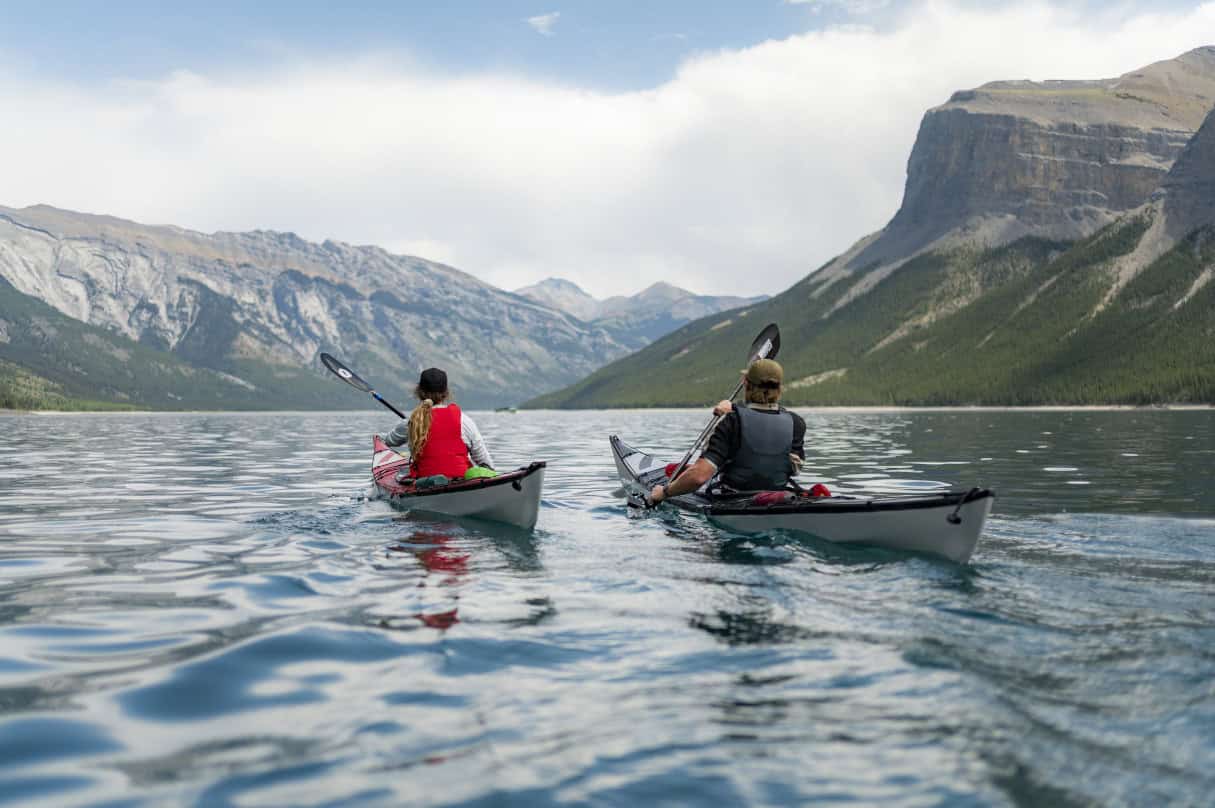
TRAK 2.0 Specs
Length: 16′
Width: 22.5″
Weight: 42 lbs
Capacity: 350 lbs
MSRP: $4,250.00 USD
trakkayaks.com
Buy from:
Why I love it
It’s easy equate the concept of a foldable kayak with serving a utilitarian purpose to get on the water, and that someone would get a plastic or composite boat if their aim were performance. TRAK has disrupted this notion however with their 2.0 which sets out to be a generally good touring kayak that also happens to be one of the most portable in existence, and houses a unique ability to transform shape in order to meet the conditions.
The TRAK is constructed of 7000-series aircraft-grade aluminum poles and carbon fiber ribs for the frame, and a nylon-weave, military-grade polyurethane for the skin. It packs down into a travel bag that is a similar size of one for a standup paddleboard. But what is really cosmic is the 2.0’s ability to adjust its rocker (the curve of the hull from bow to stern) depending on whether you are covering distances of flatwater or handling rough conditions. TRAK accomplishes this with the use of interior hydraulics to lift or lower the bow and stern to change the hull’s curvature.
TRAK also offers numerous accessories devoted to the adventure seeking the kayak affords with spray skirts, float bags, and even a sea sock which inserts into the kayak to serve the purpose a sealed bulkhead would. Contributor Tim Shuff first tested the 2.0 when it came on the scene around six years ago, and the company has continued to make upgrades to its components every year since.
Reasons to buy
- High performance touring kayak capable of transforming into multiple rocker profiles
- Lighterweight and more compact than a rigid hardshell kayak
- Brand accessories support capability of the boat
Consider another if
- You are a beginner paddler and/or plan to paddle calmer stretches of water
- Cost is a factor
Bottom line
The TRAK 2.0 is folding kayak designed to enjoy touring and push your boundaries.
Best nesting plastic kayak
Pakayak Bluefin
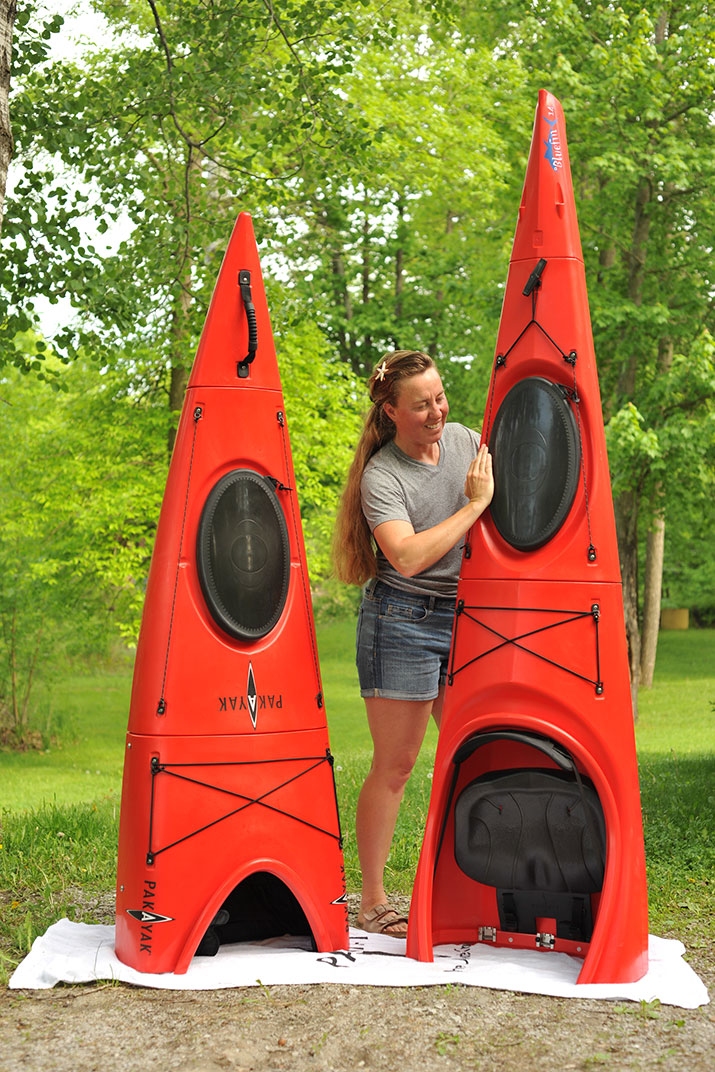
Pakayak Bluefin Specs
Length: 14′
Width: 24″
Weight: 52 lbs
Capacity: 300 lbs
MSRP: $1,995.00 USD
pakayak.com
Buy from:
Why I love It
You don’t have to sacrifice the characteristics of a hardshell, plastic kayak with the solution concocted by Pakayak. The brand has created a 14-foot plastic kayak that stacks into itself in segments similar to the concept of a nesting doll. When it comes to assembly, it is a modular kayak of sorts, where each independent section clasps and seal to one another with a clamp and gasket system.
What the Bluefin’s nesting system means is that a paddler can have a portable, stowable kayak that has the tough, rigid shape polyethylene provides, but also the additional benefits a plastic kayak allows. There are rubber deck hatches, sealed bulkheads, and a kayak seat and footpegs closer to the setup you would find in a hardshell.
Our editor-at-large Virginia Marshall tested the Pakayak and found it intuitive to assemble, which is not often the case the first time looking over the formless shape of a folding kayak skin. She also felt the Bluefin performed just as you would expect a 14-foot touring kayak to with a few small quirks, most notable among them the boat’s narrower back half in order to nest provides less stability than expected.
Reasons to buy
- Hardshell polyethylene kayak just like a “single-piece” boat
- Sealed bulkheads and hatches
- Closer to traditional outfitting
- Lower cost than some of the other high-performance foldable models
Consider another if
- You are looking for a low-weight or low-profile foldable
- You are a beginner paddler prioritizing stability
Bottom line
Having the tried-and-true characteristics of a hardshell kayak no longer take a stowable off the table with the Bluefin.
Foldable kayak buying advice
Folding kayaks are available in a variety of shapes, sizes and styles to suit a wide range of uses, from casual recreational paddling to weeklong expeditions and more. These designs continue to evolve, with updated materials and simplified assembly. Folding kayak construction can vary widely, including polyurethane skin-on-frame, and origami-style corrugated plastic. Inflatables are also often referred to as folding boats, but I would put these their own category.
Classic “skin-on-frame” kayaks
The classic folding kayak design uses what’s called “skin-on-frame” construction. All modern kayaks are informed by millennia-old designs, traditionally built by the Inuit and Aleut people for hunting and transportation. But folding skin-on-frame kayaks are the closest to early kayaks in terms of construction. Where Indigenous peoples once used seal skin stretched tightly over a driftwood and whalebone frame, today’s skin-on-frame folding kayaks use wood or aluminum frames with a “skin” of synthetic materials or cotton canvas.
There’s a reason skin-on-frame kayaks have been trusted for thousands of years. This type of construction is lightweight, durable and results in an agile, high-performing kayak. The downside to skin-on-frame folding kayaks is that they take longer to set up and take apart than some other folding styles, and are priced at the mid to high end for folding kayaks.
Corrugated folding plastic
Origami-inspired kayaks are another type of folding kayak which has become popular in recent years. These clever kayaks are constructed of flexible, impact-resistant corrugated polypropylene (think of those plastic crates at the post office). They are essentially one sheet of plastic that folds into a portable box shape for storage or transport, and transforms into a kayak in just a few simple steps.
Origami folding kayaks are available in both touring and recreational designs. They are lightweight and—above all—quick and easy to assemble or pack up. Like a skin-on-frame folding kayak, an origami folding kayak is nimble and fun to paddle for both beginners and experts. Their cost is mid range, starting at around a thousand dollars for a recreational or light touring design.
Nesting kayaks
Another portable kayak option, although not technically a folding kayak, are nesting kayaks. These are hard plastic kayaks that look and paddle just like a rigid kayak when assembled, but take apart in segments that stack within one another for storage (think of a Russian matryoshka doll).
The main advantage of a nesting kayak is that it feels just like a hardshell kayak in terms of fit and performance. Nesting kayaks also usually have storage hatches and bulkheads (interior walls within the hull that ensure flotation should the kayak swamp or overturn), which are typically lacking in other types of portable kayaks. Although nesting kayaks are intuitive to assemble, the downside is that they are heavy (as much or more than the weight of a hard plastic kayak) and not as compact to carry or store as a true folding kayak.
Looking for something else
Finally, if you’re looking at folding kayaks, an inflatable kayak is another consideration. Industry jargon aside, an inflatable kayak also rolls or folds up, making it every bit as easy to transport and store for paddlers seeking portability. Inflatable kayaks are made of flexible, durable plastics such as PVC, with better quality inflatables using drop stitch construction to create a more rigid and efficient hull shape. We haven’t included Inflatables in this buying advice article, and instead focused on what is often intended by the term foldable kayak, and if you are looking for one read our guide to the best inflatable kayaks.
Practice the set up
No matter what type of fold-up kayak you bring home, here is the ultimate post-purchase advice: practice assembling your kayak before your first outing. Putting together a folding kayak the first time brings back memories of erecting Ikea furniture. Manufacturers often advertise set up time in 10–20 minutes, but this is usually after you’ve had some practice. Easy-to-follow video instructions are often available through the brand’s website or on YouTube.
Best foldable kayak brands
How we tested
My first experience with a folding kayak was in the waters around New York City. I figured what better way to test the portability of a boat than taking it around the largest city in the U.S. I used the same metric with multiple designs, taking into account these portable boats are meant to make paddling achievable without lugging around a massive kayak on the roof of a car. For this guide we also incorporated the insights of our contributors, who have tested and reviewed many of the most well known models, and placed their experiences alongside every other kayak they have tested, foldable or not.
Featured Image: Oru Kayak
